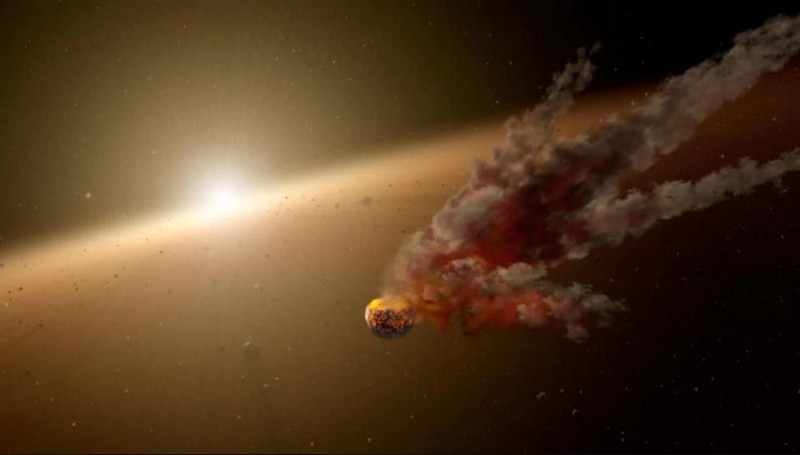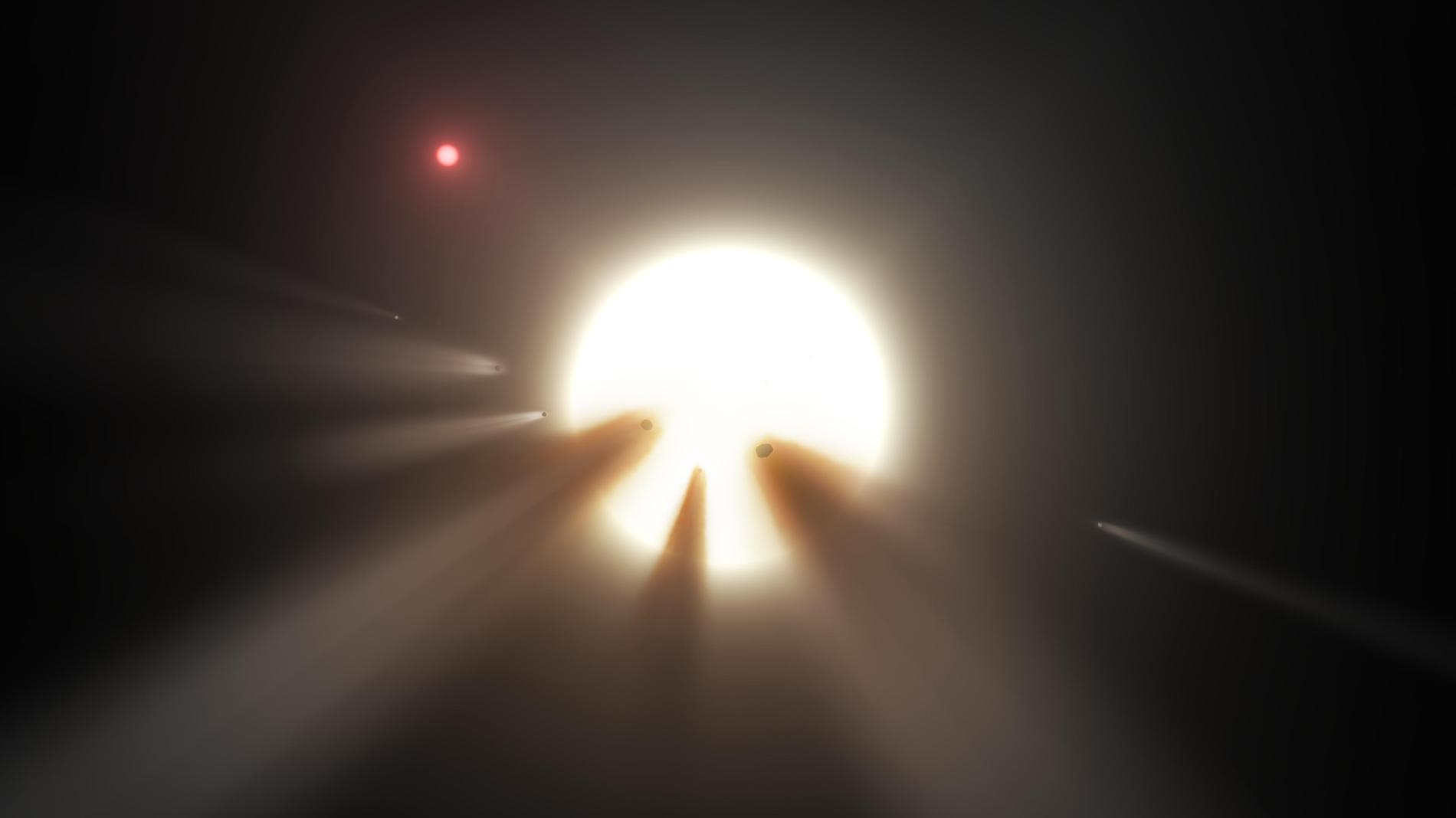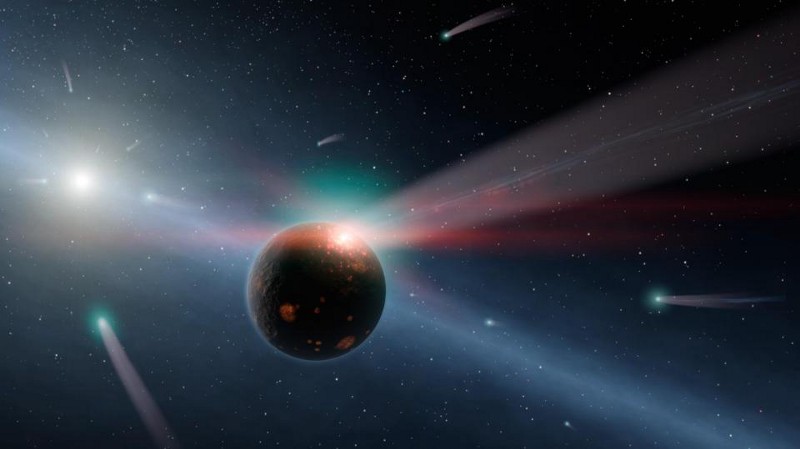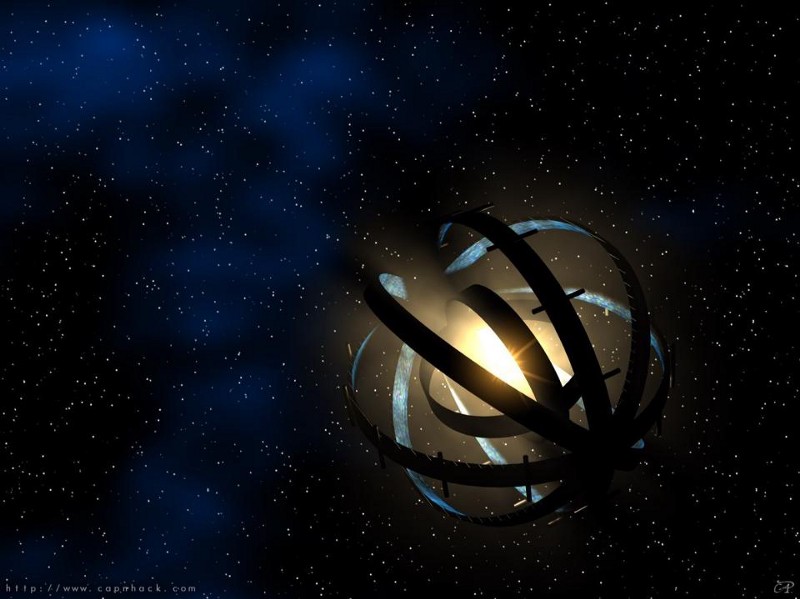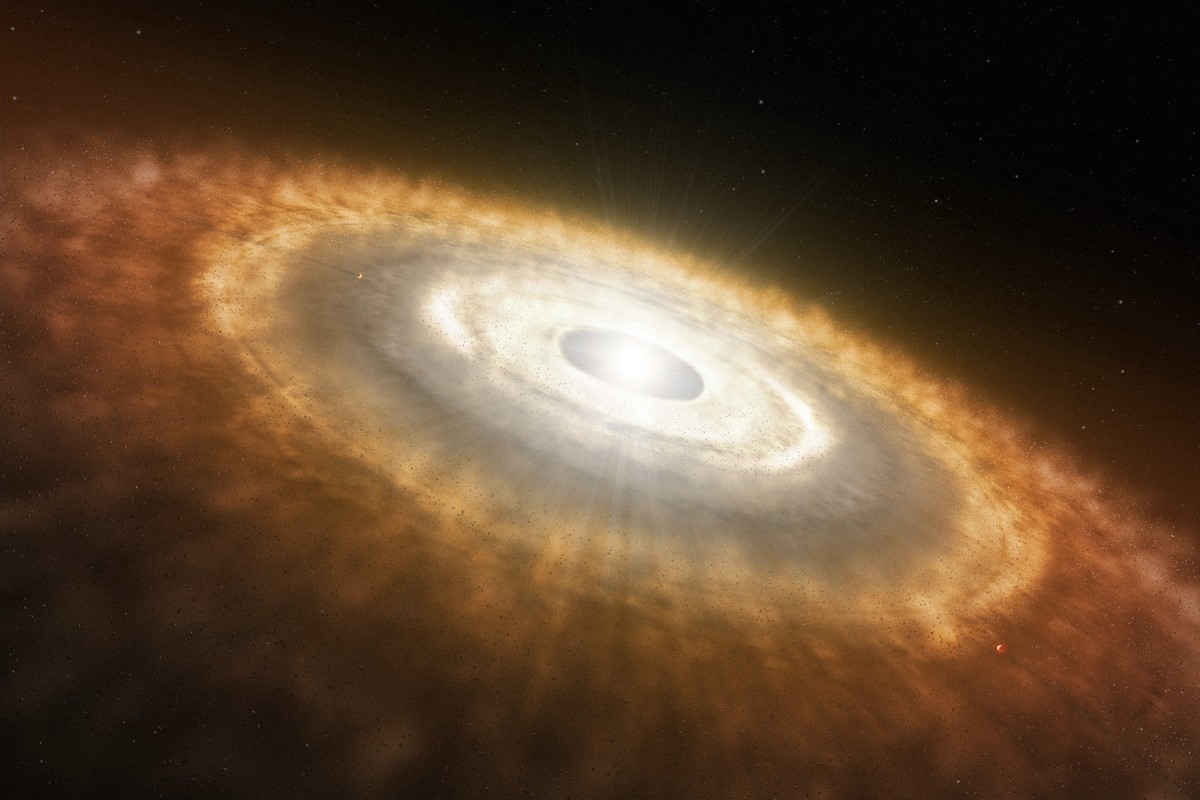5 Scientific Explanations That Fail to Explain the “Alien Megastructure” Star

The mystery behind star KIC 8462852 (aka Tabby Star) continues. Many scientists have proposed ideas as to what could be causing the star to emit such strange light patterns, but all explanations (so far) seem just as unlikely as the originally proposed an alien megastructure theory.
“It’s a big challenge to come up with a good explanation for a star doing three different things that have never been seen before,” Ben Montet, a researcher at the California Institute of Technology in Pasadena, said in a statement. Observations of the star have caused scientists to propose a number of ideas as to what could be orbiting this star.
1. Kepler could have malfunctioned? Nope. It has been proposed the dimming could be a dead pixel moving in and out of view with Keplar’s rotation, but researchers have tested this idea against other local stars and found it doesn’t explain the anomaly.
2. Is it a planet? Again, nope. Scientists have said early on that the dips in brightness are too dramatic to be caused by a planet moving in front of star KIC 8462852.
3. Could it be a swarm of comets?It has been proposed, but it’s not likely to be the cause. Researcher Bradley Schaefer wrote in a recent paper that the light from KIC 8462852 has been fading for the last 100 years — a trend that couldn’t be attributed to a swarm of comets blocking the star’s light.
“I do not see how it is possible for something like 648,000 giant comets to exist around one star, nor to have their orbits orchestrated so as to all pass in front of the star within the last century. So I take this century-long dimming as a strong argument against the comet-family hypothesis to explain the Kepler dips,” Schaefer concludes.
4. Could it be the leftover debris from colliding planets? Over the course of observation, the matter from these planets would have been sucked into the star quite quickly. The other issue, which stems from this hypothesis is there’s no excess of infrared light. Debris from an impact would warm and glow bright enough for Kepler to “see” and researchers to take note of the added brightness surrounding the star.
5. Maybe it’s a cloud of dust from star formation? The problem with this theory is Tabby star isn’t that young. After examining its light patterns, it showed no sign of the infrared light that would indicates it’s a newly formed star.
The Dyson Sphere remains the most unlikely of all the ideas is an alien megastructure orbiting the star. Some have proposed (read: hoped) the strange dimming light patterns Kepler has recorded are the result of a Dyson Sphere, which would indicate intelligent, alien life. Think of it as an energy collection device on a massive scale.
And so, a year after this star made headlines, scientists are still working to understand what’s causing it to emit such a bizarre light pattern.
